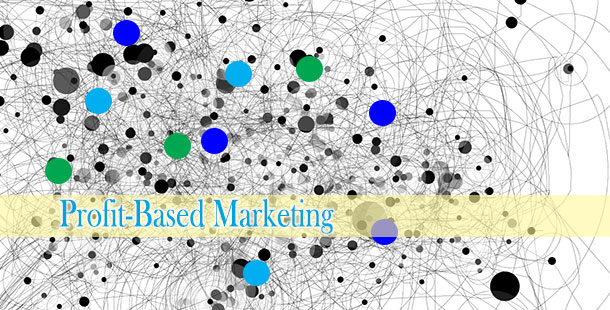Profit-based marketing for the boating industry – Part Three

Editor’s note: Over the next several weeks, Boating Industry will be presenting a series of articles by marketing consultant Thaddeus Kubis about adapting to the changing realities of marketing to today’s consumer. This is Part Three – click here to read Part One and Part Two.
Completing a correctly developed marketing float plan—understanding the need and process of engagement—is your first step and opens your marketing plan to success. More importantly, it provides you the ability to complete your journey and achieve what we all want and need—profits. But once you understand engagement, what is next? Understanding your prospect is our next plotted waypoint.
Prospects
What are prospects? Have you ever asked that question? Are they a sales projection number, a sales target, or are they living, breathing consumers who have more evaluating and analytical tools at their fingertips than ever before? They are individuals or groups who have a level of education and knowledge that is at the point never seen before. Today’s prospects are not “sold” anything; they “buy” stuff. Stuff that meets a long and sometimes confusing process based on multiple needs, changing desires, and extensive review of the target, product, or service, likes, friends, referrals, and much more. A prospect is one component of the sales funnel— the qualified lead component. Sales funnels can reveal the number or what stage the qualified lead is at during each stage of the sales cycle.
You must accept the fact that your prospects (once defined) are not going to “believe” only you and what you say. They will look most importantly to friends, media, social media to verify their decisions; get input from their peers; check out your messaging; and then, if all the data adds up, they will continue or grace you with their interest. Note the need for engagement. Engagement when linked to the prospects starts to provide the demographic specifics needed to keep the prospect interested. Messaging is critical, and the messaging must target not only the market but also those key points of interest that will convert the observer into a buyer.
The demographic group to which they belong also defines prospects. Baby boomers, Gen X, millennials, or even the Big Band generation have different buying habits and needs. For example, many baby boomers tend to “buy out” around their 46th birthday, while more upscale baby boomers “buy out” around 53-years of age. What is the buy-out year of your targeted market? Boomers, based on a recent study, have the most money to spend, but are spending their resources differently.
Millennials need to see not only a direct benefit to their lives and limited impact on their low-earning power but also “like” corporations that are socially responsible. This generation is often called the “Like” generation. Whatever they are called, they have changed and continue to change the method on which we market.
Prospects that regularly attend boat shows and related events can be considered to have greater sales potential if you understand their buying or sales cycle. Are they gathering information or becoming aware of your brand? Are they developing interest in your product line, have the desire (and means), and are ready to act, to buy? These traits can be used to your advantage across all marketing communications if you are correctly measuring the response to your “touching” and engagement-based marketing program. Touching is a marketing term for keeping engaged, face-to-face, or in the face of your prospect. Touching naturally leads to the next step, Integration.
Look for Part Four next week.
Thaddeus Kubis can be reached at thad.kubis@tifmc.org or 917-597-1891.




